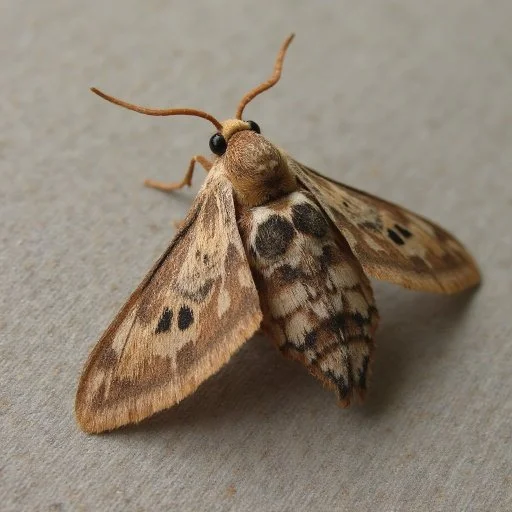Are you tired of those creepy critters?
MOTH
In New York (NY) and New Jersey (NJ), several species of moths are commonly encountered, both indoors and outdoors. Some of the common moths found in these states include Indian Meal Moth, Clothes Moth, Gypsy Moth, Webbing Clothes Moth, Cabbage Moth, and EasternTent Caterpillar Moth. While many moths are harmless and play important roles in ecosystems as pollinators and food sources for other animals, some species can become pests when they infest homes, gardens, or agricultural crops. Signs of a moth infestation can vary depending on the species of moth and the specific circumstances of the infestation. However, some common signs to look out for include damage to clothing or textiles, silken tubes, webbing or cocoons, presence of larvae or fecal pellets, and musty odor. While moths themselves do not cause structural damage to buildings or property, their feeding activities can result in significant damage to personal belongings, stored goods, and natural resources.
To control moth infestations, our pest control professionals will:
Identify the type of moth causing the infestation. This helps determine the most effective control methods.
Advise on sanitation measures to remove the moths' food sources, such as stored grains, woolens, or pantry items. Cleaning and vacuuming affected areas can eliminate eggs, larvae, and adult moths.
Insecticides may be used in severe infestations. These can include sprays, dusts, or foggers. However, they should be applied safely and according to label instructions.
Heat can be used to kill moths at all stages of development, from eggs to adults. This method is especially effective for items like clothing or furniture where traditional insecticides may not be suitable.
Extreme cold can be used to kill moth eggs and larvae. This method is often employed for stored food items.
Identify and seal off entry points where moths are getting into the property, such as cracks in walls or gaps around windows and doors.
Identify and seal off entry points where moths are getting into the property, such as cracks in walls or gaps around windows and doors.
Educate clients on preventive measures to avoid future infestations, such as proper storage of food and clothing items.
Each infestation is unique, so exterminators typically assess the situation and tailor their approach accordingly to effectively control moth populations.
